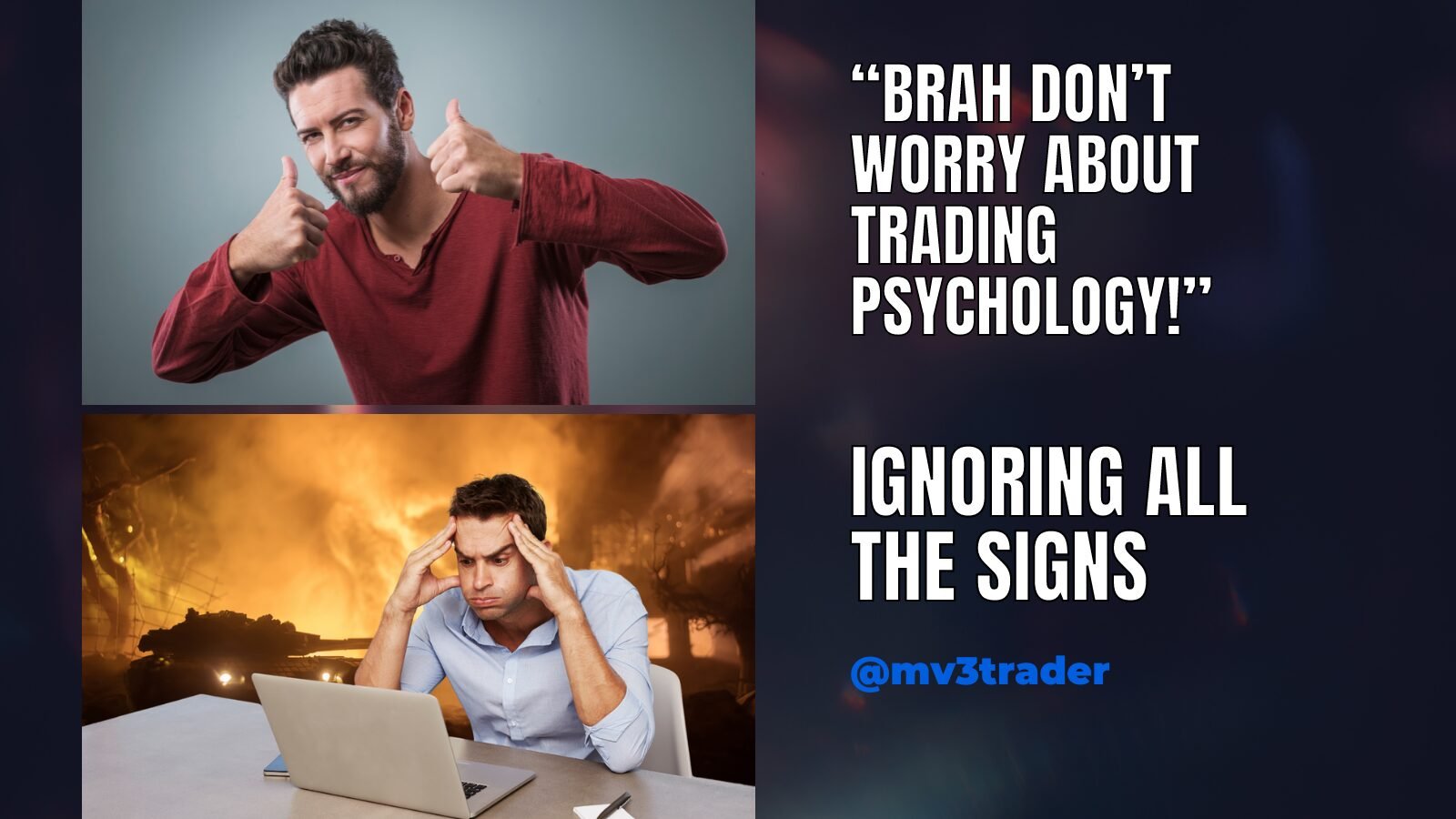At this point you have learned a ton about the market, created your very own strategy, and discovered the power of your winning strategy through back-testing and paper trading. Now you are ready to start earning real cash from all your hard work!

You have made a great deal of progress but your journey as a trader is just beginning. As you start trading with real money your focus should now be narrowed down to two vital areas. First and foremost is your discipline for trading your strategy as designed. The second is executing your strategy to perfection.
By this point you should have become fairly comfortable with your strategy and have more than likely made a couple tweaks. As you paper traded your confidence, discipline, and execution should have also progressed.
However, switching over to real money in a live account is a completely different ballgame which can result in wild swings of your account balance. It doesn’t really matter how much money you are trading with that will spell the difference between success and failure. Keep in mind, losing on a trade is not failure. Losing on several trades is not failure. As long as you are trading your strategy consistently with discipline, you will be a successful trader. It’s really that simple.
You’re Wired to Lose
The difficult part is not allowing your basic human response to “danger” get the best of you. As humans, protecting ourselves at all costs is hardwired in us for the benefit of our survival. However, this works against us in the stock market.
For instance, going flat on an order when you see it start to eat away at those profits you gained on the first pop only to watch it bounce and return to where you exited as it continues to soar to the moon. Or hesitating to hit the buy button because you feel uneasy that the trade will work out.
Even for someone like myself who never really had any emotional ties to money throughout my life, still couldn’t avoid the emotional rollercoaster of trading real money. For me, it was more about being wrong with real money that allowed the emotions to creep in and make themselves comfortable in my trading home.
In this phase, don’t be shy to make some further adjustments as needed, but I warn you, DO NOT change your strategy here. I cannot stress that enough. If you have not mastered discipline and consistent execution, you are not ready to go to another strategy. Even if that strategy looks like the best thing since sliced bread. It doesn’t matter how much potential you see in this newly discovered strategy. If you are not disciplined enough to trade your original strategy consistently, win or lose, without letting your emotions take over, that “better” strategy will not make any long-term difference in your profit/loss column.
Just remember, there’s a reason you decided to take the strategy you created live. So, just stick with it until you are a trading machine reaping the benefits of consistent profits from your mastery of the art of disciplined trading.
The Cold Streak
Also, an important muscle to build is noticing when your strategy is just not working out that day, week, or month. Even strategies with the highest accuracy rating, fine-tuned to perfection, will have days where it just does not work. The market is the most dynamic environment for making money. Every single strategy will have days or periods of time when it just will not work.
 Plus, there will be days where your strategy is fine, but you are just off your game. The best athletes in their respective sport has had games where their performance was far from their potential. Trading is no different and every trader goes through this regardless of their experience level.
Plus, there will be days where your strategy is fine, but you are just off your game. The best athletes in their respective sport has had games where their performance was far from their potential. Trading is no different and every trader goes through this regardless of their experience level.
You will need to develop rules to protect yourself during these unavoidable periods of struggle. For example, I have a protective rule I call “three strikes”. Typically, there’s only two futures contracts that I trade daily. If I’m wrong on a contract three times, rather I made a mistake, or the strategy just didn’t work, I’m not allowed to take anymore trades on that contract for the rest of the day. This rule has saved me from blowing out my account many times when the market had no life or was just doing its own thing, trading irrationally.
Contrarily, I’ve had days like August 3, 2018 where I broke my protective rule (see screenshot of Tradervue entry below) (Include link for journal entry aug 3, 2018) and paid dearly. There will also be times where this rule was triggered just to watch the move I was looking for finally present itself after taking the third loss. All I could do was watch the profits I could have had run away from me. But I can tell you with certainty that it’s better to follow your protective rules and start fresh the next day. Remember, the market isn’t going to shut down any time soon. It’s a marathon, not a sprint.

Startup Capital
So how much of your hard-earned money should you start trading with? That is completely up to your comfort level. Conventional wisdom says you only want to start trading with money you’re okay with never seeing again. You definitely do not want to lose any of your money. However, as simple as trading can be, not everyone can do it with consistent success. Some people just cannot get over the emotional mountain of trading with real money.
The stock market has one certified guarantee for all participants, which is you WILL lose money. There’s absolutely no way to get around it. If you just can’t separate yourself from your bottom line, maybe more passive long-term investing is a better fit for you, where you can just set it and forget it.
If you feel discipline is more of a struggle for you than the emotions, I would recommend starting with a small amount that will force you to make good decisions as you will have less of a cushion to fall back on. Once you have mastered being disciplined you can always add more funds to your account later. If you can grow a small account, you should have no problem growing a larger account. Just maintain the same disciplined strategy that helped you grow that small account. The only thing that would change is your account balance.
Go Forth and Crush!

Congratulations, you have learned all the essentials to building your very own trading strategy and you should be well on your way to major gains! Now, all you need is the experience to go along with everything you have learned. Don’t get discouraged if you get off to a rough start. Even if you do like me a get off to a bang followed by a series of rough patches, remember it’s all part of the process. Manage your risk and stay disciplined with patience and you will have a long career as a trader. Just like with everything else in life, the more you do it the more you will improve. The challenge is lasting long enough to make it through the rollercoaster phase. Remember, it’s a marathon not a sprint.
